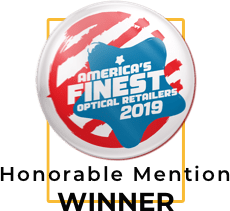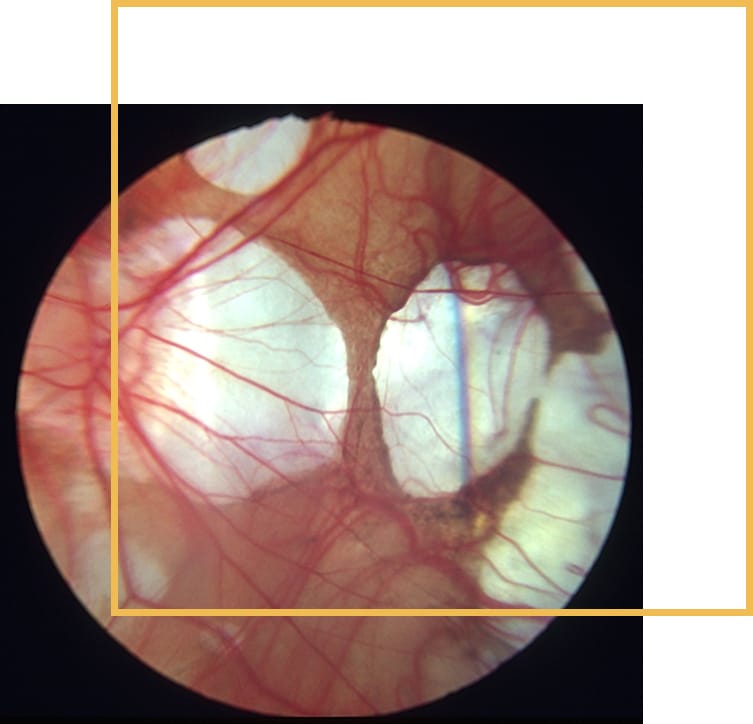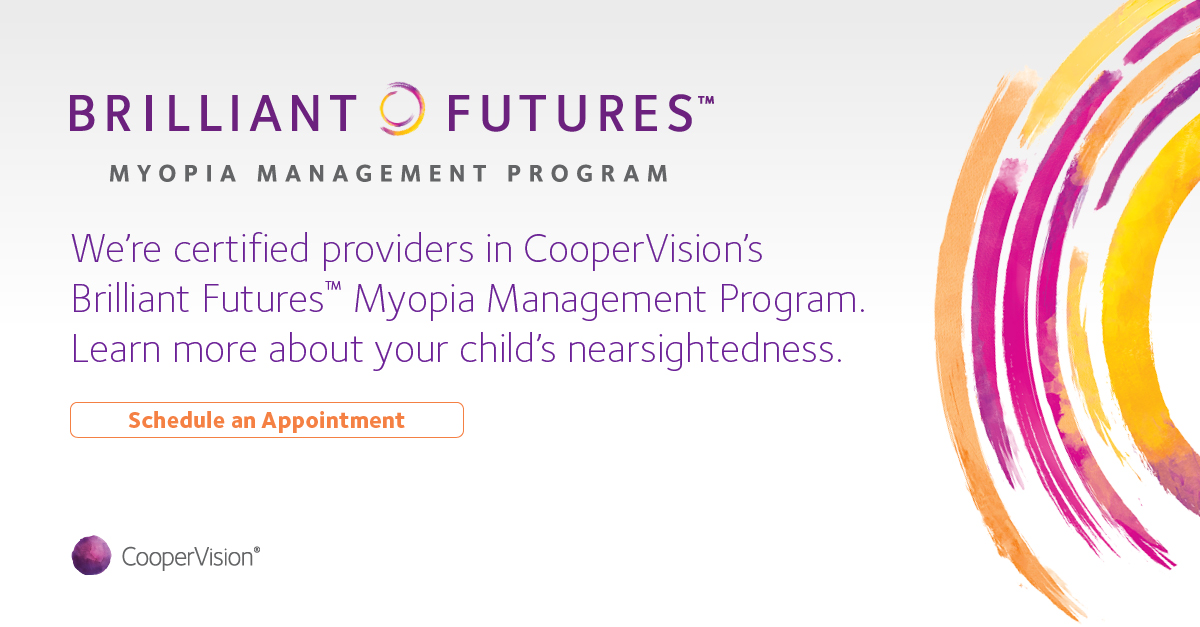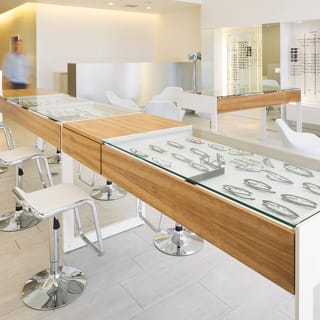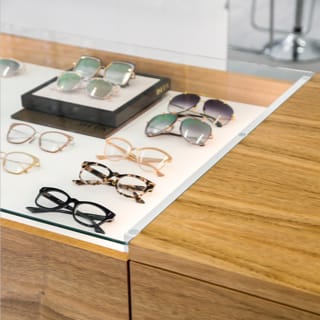Rates of myopia, or nearsightedness, are increasing in children and youth across the globe. This disorder often progresses as kids grow into young adulthood, requiring increasingly higher eyeglass prescriptions as they age. Not only does this come with lifestyle limitations and reduced quality of life, such as recognizing faces and driving safely, it may also result in missed job opportunities with specific vision requirements.
What’s of more concern – beyond the cost of care for the development of this issue – are the long-term risks. If your child’s unmanaged myopia worsens, other sight-threatening eye conditions and diseases are much more likely to develop later in life.

